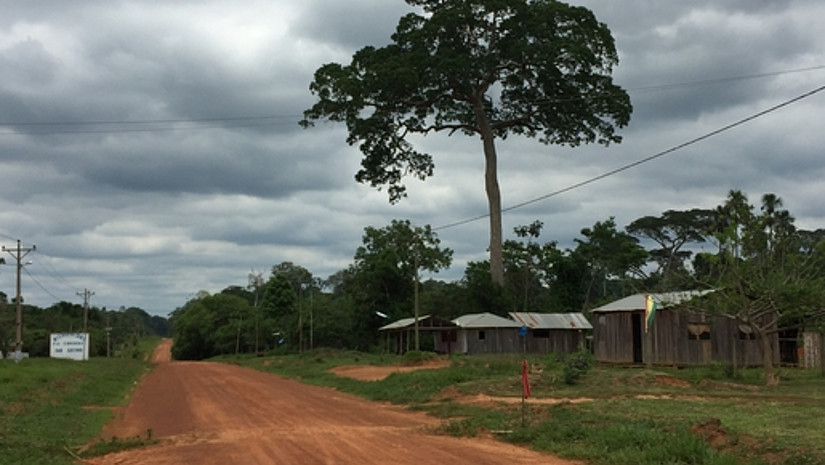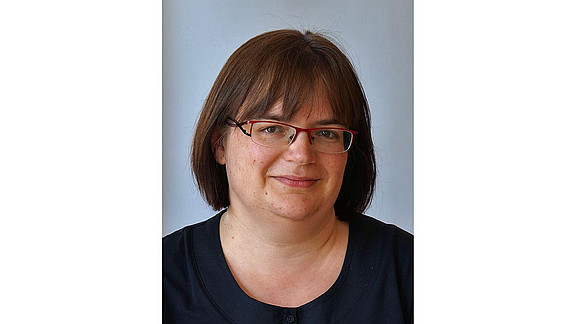PRODIGY
Soil biodiversity governing tipping points in the Amazon
In order to prevent a tipping point in soils from being exceeded, it is first essential to understand soil functions and their resilience to disturbances. To promote this understanding, the PRODIGY project investigates biodiversity-related functions in the Amazon, with focus on the border region between Bolivia, Brazil and Peru (MAP region). Our hypothesis is that these functions are permanently guaranteed if many organisms with slightly different functional properties are present and thus prevent the corresponding functions from being endangered by crossing a tipping point. This natural safety net is called functional redundancy. PRODIGY therefore focuses on biodiversity-driven processes for controlling soil functions. With competent management they can be implemented in ecosystem services (ESS) and are therefore suitable both for the definition of sustainable management options through functional diversity management and for the scientific elucidation of the functioning of core processes in ecosystems and regions characterised by ongoing anthropogenic transformation.
Within PRODIGY, research of the GRID group has four main objectives: (1) Development of participative scenarios with local stakeholders to explore potential future socio-economic developments in the region. (2) Conceptualize and implement an integrated land-use model of the MAP region as an instrument to synthesize process knowledge of interlinkages of the different tipping elements. (3) Apply this model for scenario analysis to explore potential future pathways of socio-economic development of the region and to evaluate resulting environmental impacts. (4) Analysis of land-climate interactions (together with Hamburg University) and the identification of potential effects of tropical deforestation pattern on drought frequency (climate system tipping element).
Project partners
Germany: University Koblenz Landau, Leibniz University Hannover, Free University Berlin, University of Kassel, University of Bonn, University of Hamburg
Bolivia: Herencia, Cobija, Pando, Associación Boliviana para la Investigación y Conservación de los Ecosistemas Andino-Amazónicos (ACEAA), Universidad Amazónica de Pando (UAP)
Brazil: Universidade Federal do Acre (UFAC), Empresa Brasileira de Pesquisa Agropecuária, Acre (EMBRAPA), Instituto de Mudanças Climáticas (IMC), Instituto de Pesquisa Ambiental da Amazônia, Braília/Rio Branco (IPAM)
Peru: Centro de Innovación Científica Amazónica (CINCIA), Universidad Nacional de San António Abad de Cusco (UNSAAC)






